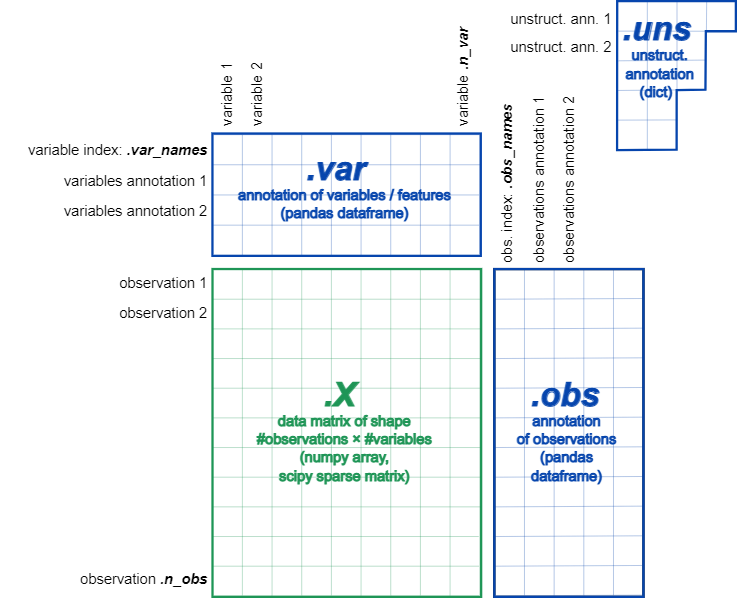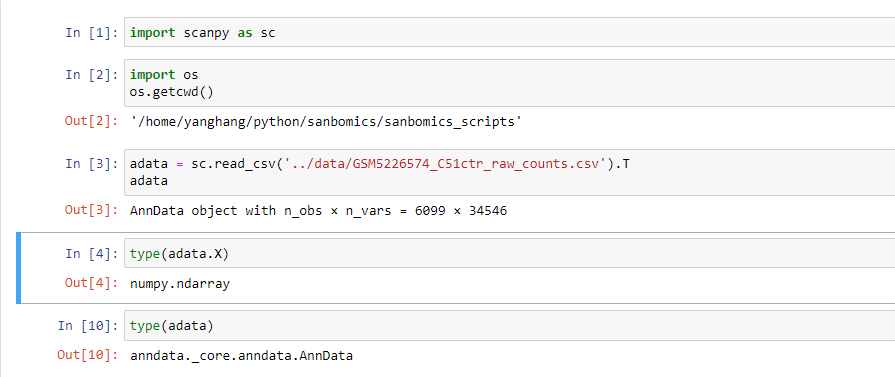安装包
首先安装所需要的包
library(Seurat)
library(stringr)
library(R.utils)
library(tidyverse)
library(ggsci)
获得绘图数据
Seurat包中的FeatchData函数可以从Seurat对象metadata中取相应的列并且返回一个数据框。
plot_data = FetchData(object = sce,
#注意此处要加入unique函数,有时候一个marker基因对应多个细胞
vars = c(unique(marker_selected_1$gene), "celltype"), #选择所需要的列
slot = 'data') %>%
dplyr::rename(group = as.name("celltype")) %>%
tidyr::pivot_longer(cols = -group, names_to = 'Feat', values_to = 'Expr')
我们将绘图封装成一个函数
ViolinPlot <- function(object, groupBy, MarkerSelected) {
# (1)获取绘图数据1
plot_data = FetchData(object = object,
vars = c(MarkerSelected$gene, groupBy),
slot = 'data') %>%
dplyr::rename(group = as.name(groupBy)) %>%
tidyr::pivot_longer(cols = -group, names_to = 'Feat', values_to = 'Expr')
# (2)获取绘图数据2
ident_plot = MarkerSelected %>%
dplyr::select(cluster, gene)
# (3)绘图
figure_1 = ggplot(data = plot_data, mapping = aes(x = Expr,
y = fct_rev(factor(x = Feat,
levels = MarkerSelected$gene)),
fill = group,
label = group)) +
geom_violin(scale = 'width', adjust = 1, trim = TRUE) +
scale_x_continuous(expand = c(0, 0), labels = function(x)
c(rep(x = '', times = length(x) - 2), x[length(x) - 1], '')) +
facet_grid(cols = vars(group), scales = 'free') +
cowplot::theme_cowplot(font_family = 'Arial') +
scale_fill_manual(values = paletteer::paletteer_d('ggsci::category20c_d3')) +
xlab('Expression Level') +
ylab('') +
theme(legend.position = 'none',
panel.spacing = unit(x = 0, units = 'lines'),
axis.line = element_blank(), #去除x和y轴坐标线(不包括axis tick);
panel.background = element_rect(fill = NA, color = 'black'),
strip.background = element_blank(), #去除分页题头背景;
strip.text = element_text(color = 'black', size = 10, family = 'Arial', face = 'bold'),
axis.text.x = element_text(color = 'black', family = 'Arial', size = 11),
axis.text.y = element_blank(),
axis.title.x = element_text(color = 'black', family = 'Arial', size = 15),
axis.ticks.x = element_line(color = 'black', lineend = 'round'),
axis.ticks.y = element_blank(),
axis.ticks.length = unit(x = 0.1, units = 'cm'))
figure_2 = ggplot(data = ident_plot, aes(x = 1,
y = fct_rev(factor(x = gene, levels = MarkerSelected$gene)),
fill = cluster)) +
geom_tile() +
theme_bw(base_size = 12) +
scale_fill_manual(values = paletteer::paletteer_d('ggsci::category20c_d3')) + #注意这里的颜色个数,超过无法运行
scale_x_continuous(expand = c(0, 0)) +
scale_y_discrete(expand = c(0, 0)) +
guides(fill = guide_legend(direction = 'vertical',
label.position = 'right',
title.theme = element_blank(),
keyheight = 0.5,
nrow = 2)) +
xlab('Feature') +
theme(legend.text = element_text(family = 'Arial', color = 'black', size = 11),
legend.position = 'bottom',
legend.justification = 'left',
legend.margin = margin(0,0,0,0),
legend.box.margin = margin(-10,05,0,0),
panel.spacing = unit(0, 'lines'),
panel.background = element_blank(),
panel.border = element_blank(),
plot.background = element_blank(),
plot.margin = unit(x = c(0,0,0,0), units = 'cm'),
axis.title.y = element_blank(),
axis.text.y = element_text(angle = 0, hjust = 1, vjust = 0.5, color = 'black', family = 'Arial'),
axis.title.x = element_blank(),
axis.ticks.x = element_blank(),
axis.text.x = element_blank())
figure_2 + figure_1 + patchwork::plot_layout(nrow = 1, widths = c(0.03, 0.97))
}

